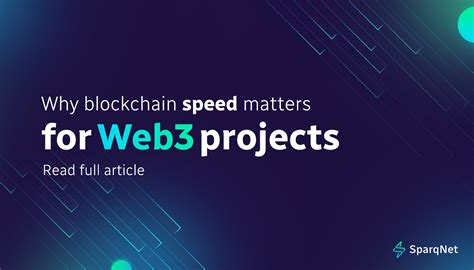بلاگ
Transaction Speed, Cross chain, Cryptocurrency exchange
Title: Release of the power of chain transactions with the crypto: demolition of cross chain change and their effect on blockchain acceptance
Introduction
The cryptocurrency market has experienced exponential growth in recent years, new players have entered the stage and expanded it. One of the key areas where blockchain technology experiences significant adhesion is transactions between chains. In this article, we are immersed in the chain transactions, how they work, and explores the role that chain changes play in facilitating these transactions.
What are chain transactions?
Crossing transactions refer to the exchange of devices or tokens between different blockchain networks or platforms without the need for mediators. This means that users can move their cryptocurrency from one blockchain to another, eliminating the restrictions required by the restrictions of a single network. For example, if you want to buy Bitcoin on a platform like Binance, you will directly process the transaction with other blockchairs without relying on third party services.
How do intersection transactions work?
Crossing transactions are facilitated using smart contracts and decentralized applications (DAPPS). These intelligent contracts contain the logic of the implementation of the transaction, ensuring that both parties agree on the conditions of the stock exchange. The process includes:
- Setting an Intelligent Contract : The user initiates an intersigned transaction by creating an intelligent contract on the preferred blockchain.
- GAS fees and transaction fees : The transaction fee is paid to cover the costs of the gas processing (the necessary calculation resources) and the costs of covering transaction fees (such as electricity).
- Cross Cross Network : The transaction is driven on multiple blockchains such as Ethereum, Polkad or Binance Intelligent Chain.
- Verification and settlement : The transaction is confirmed by the given blockchain networks, ensuring that the rules and standards comply with the rules.
What are the intersections?

Cross Cross Exchange (CCE) is a platform that allows users to trade the devices between different blockchain networks without the need for mediators. Cces usually provide the following services:
- Baptism Trade : Users can buy, sell or buy commercial equipment from a blockchain network with others.
- Intelligent Contract Integration : CCCE often supports intelligent contract-based trading, allowing users to perform transactions directly within the platform.
- Gas Optimization : The stock exchange optimizes gas charges and users’ transaction costs, reducing the total cost of trade.
Effect on Blockchain adoption
The growth of Cross Cross stock markets has contributed significantly to increased acceptance of blockchain technology. Here are some key benefits:
- Increased Accessibility : Exchange of intersections facilitates trading devices directly for users from different networks.
- Reduced Costs : By eliminating intermediaries, CCCE reduces transaction costs and users’ fees.
- Improved efficiency : The use of smart contracts and optimized gas charges allows faster execution times and reduction requirements.
Key characters in Cross Cross Ecosystem
Many players lead innovation in the intersection area, including:
- Polkadot Network : A decentralized platform that allows seamless interactions between various blockchain networks.
۲.
- Solana Network : A high -performance blockchain that facilitates the creation of smart contracts and decentralized applications.
